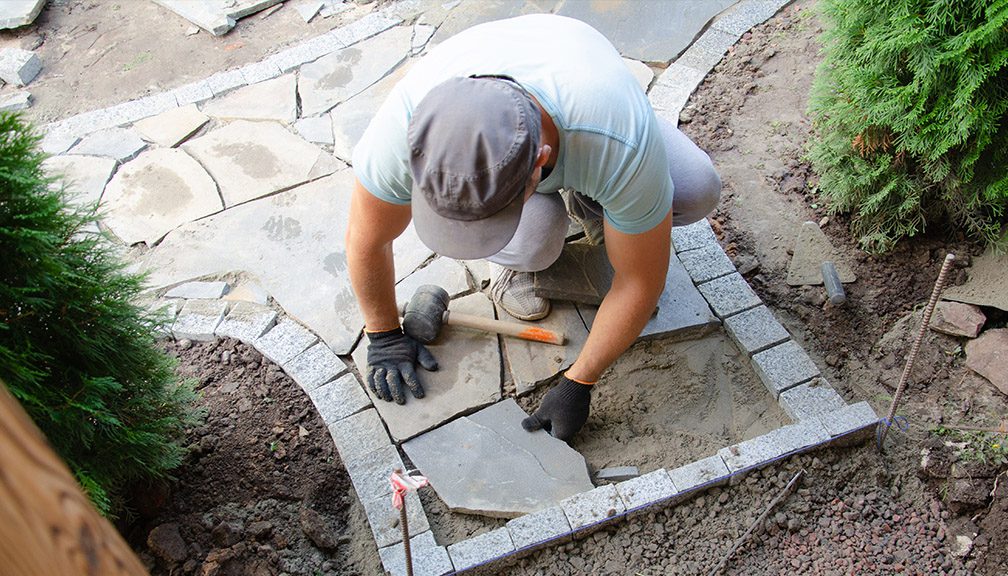7 landscaping mistakes and how to avoid them.

Spring, summer, and fall weather inspire outdoor landscaping and maintenance projects. Whether you’re doing your own work or hiring it out, landscaping mistakes can happen and can lead to serious damage to you or your property. Keep these seven safety tips in mind for added protection as you dive into your next project.
Hire insured companies. Landscaping work with ladders, machinery, and heavy equipment can pose a risk to a crew and to your property. That’s why it’s important to verify any company or contractor you hire has both workers compensation and liability insurance. This will protect your property if there are any damages and will cover workers if they are injured on your property while performing work.
Protect your property when planting. Plants and trees can be great finishing touches to bring a home together, but you need to know where to plant them. If you are planting trees near your home, leave enough room so roots don’t grow into and damage your plumbing, septic system, or foundation. Allow space between trees and your home so falling debris and large limbs don’t damage your roof, gutters, or glass. Learn how large trees will grow and account for them before planting to avoid any of these potential issues.
Know where to dig. There are utility lines that run beneath and around properties, and damaging them could disconnect necessary services for your home or your neighbors’ homes. You are required to place a locate request at least three days prior to any excavation, which gives time for professional locators to come and mark the area. This service is free and can save you from potential expensive damages. After this is done, you can safely complete your project.
Pay attention to your trees and bushes. Significant damage can occur when tree limbs fall onto a home, cars, or other objects. Pay close attention when trimming trees or bushes that nothing is in the path of landing. Consider the health of your trees as well. If there are large, hanging limbs, have these removed to ensure they don’t pose safety risks to you or others. Additionally, when a tree is rotted or insect infested, there is a higher chance of it falling and causing property damage.
Protect your equipment. Tools used for outdoor projects can be expensive. Make sure your home or business is safe from theft by locking and storing equipment away when you are done with it.
Watch for small debris. Sticks and small rocks have a way of naturally ending up in your yard. While this normally doesn’t create problems, they can cause damage when you’re mowing or edging your lawn. This debris can be thrown at your house, cars, or even people. Take the time to look for and pick up these items before you start yard work.
Know your insurance. It’s important to know the limits of your homeowners policy and the types of losses it covers. For example, service line coverage is not always included in standard homeowners policies and may need to be purchased as supplemental coverage. This type of coverage is crucial if tree roots cause damage to your sewer, water, or natural gas lines.
Now that you know these seven tips to avoid landscaping mistakes, you’re ready to tackle your next project safely. For even more peace of mind, talk to a local, independent agent to fully understand your homeowners policy and coverage.







